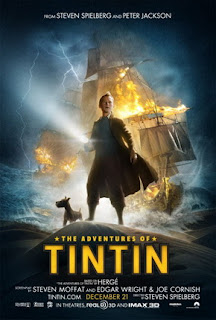The Soul Drinkers saga is one of Black Library’s long standing series, covering the trials of a space marine chapter who were loyal to the Emperor but fought the Imperium. Being nihilistic, grim even by the standards of Warhammer 40,000 and willing to mix up the status quo of the universe it has stood out amongst Black Library products as something unique.
For six novels the Soul Drinkers have fought and died in the name of their beliefs, and in Phalanx their tale finally comes to an end, in fire but not in darkness.
After the events of Hellforged and the betrayal of the Adeptus Mechanicus, chapter master Sarpedon and the remaining Soul Drinkers have been taken captive, stripped of armour and weapons. As a chapter of Rogal Dorn their captors, the Imperial Fists, jail them in the Phalanx to await stand trial for their actions rather than outright killing them due to chapter traditions.
It is not simply the Soul Drinkers’ fate which hangs in the balance however. Thousands of years old machinations are coming to a close and the chapter is beginning to realise their “freedom” might have been a part of a detailed plan devised by another being.
Phalanx is definitely one of the best novels of the saga. Ben Counter has always excelled at two things in Warhammer, showing just how dark the universe can be and giving bittersweet endings which allow for the protagonists to gain some victory even in failure.
Counter fully uses both in this and gives the chapter a send off entirely fitting of the series. It makes it very clear from early on that the novel will feature the Soul Drinkers' final hours. They have lost everything, imprisoned on one of the best defended fortresses in the Imperium and are standing trial for their crimes. Crimes which are not simply against the Imperium but also against the God-Emperor, and Sarpedon is quickly beginning to realise they could all too easily be guilty of all charges.
The novel spends a lot of its first half focusing upon the Soul Drinkers’ actions in the past and their current state. It’s something used well as this is a finale but some readers might find the build up to be ponderously slow. It’s a similar problem people have brought up with The Outcast Dead, there is a great deal of time spent talking but very little in the way of action until quite late on.
Thankfully the weight of the revelations being given helps keep a reader’s attention, giving away information which changes much of what we knew about the Soul Drinkers. Very little of this can be talked about without giving away spoilers but what is revealed here makes the novel the most significant installment to the saga since the original novel Soul Drinker.
When the book does move from the trial to a battle what it gives us is one of the most desperate battles seen in the books, with astartes from a good dozen chapters focusing on combating a single enemy assaulting the Phalanx. The intensity of the fighting is detailed well into the pages and Counter helps to emphasis upon just how cataclysmic the consequences will be if the space marines cannot halt the invading force. Being the saga’s finale the body count is high, not just amongst the soldiers appearing in the book but amongst Soul Drinkers characters as well.
The novel’s ending is neither happy nor triumphant, concluding on a very bittersweet note. While the Soul Drinkers do emerge victorious the cost is staggering and Sarpedon’s final actions make it clear that this is the end of his tale.
If you’ve been reading the saga until now then it’s strongly advised you buy this one both as closure and as a fairly good read. If you’ve not, then read a few extracts of the original, if you like what you see then try reading the first omnibus and go from there. This won't make anyone who has hated previous books enjoy the series though, so if you weren't fond of previous novels then don't bother buying this one.
Phalanx is recorded in the Hammer and Bolter issues 1 through to 12 and will be distributed in novel form in April of 2012.
----
Warhammer 40,000 and all related characters and media are owned by Games Workshop.
----
Warhammer 40,000 and all related characters and media are owned by Games Workshop.

























